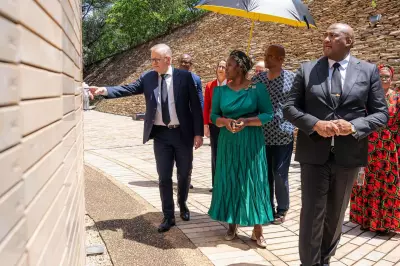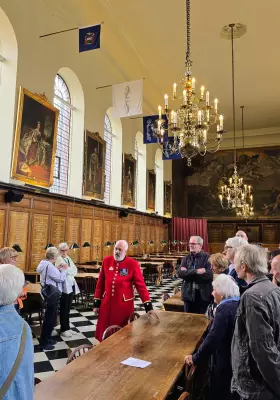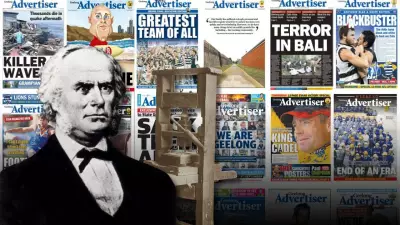
The vibrant tapestry of Illawarra's entertainment history reveals a region constantly reinventing its cultural identity while staying true to its community roots. From royal visits that marked new beginnings to pubs that served as social hubs for generations, the Wollongong area has witnessed a remarkable transformation in how residents seek entertainment and connection.
A Royal Beginning for the Arts
The cultural landscape of the region changed forever in January 1988 when the Illawarra Performing Arts Centre received its official opening from none other than Prince Charles and Princess Diana during their Australian royal tour. The centre's first director, Bob Peet, recalled being warned that Wollongong was a "working man's town" where theatre wouldn't flourish, but he proved the sceptics completely wrong.
When Peet departed in 1996, the IPAC rehearsal space was renamed the Bob Peet Studio in his honour, cementing his legacy. This royal-opening venue joined earlier cultural institutions like the Illawarra Art Society, the Arcadians, Theatre South and Roo Theatre that had emerged back in the 1950s.
Cinemas, Pubs and Changing Social Habits
Before streaming services and home entertainment systems dominated leisure time, Illawarra residents flocked to social venues in impressive numbers. At its peak, the region boasted 24 movie theatres, though only three remain today: Hoyts and Gala Cinema at Warrawong, and Event Cinemas at Shellharbour.
The iconic Southline Drive-in opened at Fairy Meadow in 1955 at a cost of 100,000 pounds, followed by the Lakeline at Dapto, which screened its final movie on March 24, 1984.
Pubs have long formed the backbone of Illawarra's social scene, evolving from rough establishments serving cedar cutters to sophisticated entertainment venues. The region's first licensed hotel, George Brown's Ship Inn, opened in Wollongong in 1831, and by the early 1900s, the city had pubs on nearly every corner.
A 1916 referendum dramatically changed pub culture by forcing establishments to close by 6pm, effectively ending hotel-based entertainment for 40 years. The post-World War II era saw an explosion of licensed venues, with the Illawarra Leagues Club opening in 1951 with a weekly beer ration of just 19 gallons (86 litres) from Tooths and Tooheys.
Modern publican Ryan Aitchison of the Illawarra Hotel notes how dramatically patron expectations have changed. "The younger generation is coming out to socialise, to experience things, hopefully positive, and alcohol isn't the primary reason," he observed. His venue now sees 5,000 to 7,000 people weekly with far less violence than in previous decades.
Broadcasting and Festival Revolution
Before television and internet, radio ruled home entertainment with serials like Blue Hills and Life with Dexter captivating audiences. The Illawarra established its own radio station, 2WL (now WaveFM) in 1931, followed by 2 Double o (i98fm) in 1978 and VOX FM community radio in 1981.
Television arrived later in the region than other parts of Australia, with WIN TV launching in 1962 as the Illawarra's first station. A Mercury report from that year correctly predicted that colour TV was "not near" - it would take another 13 years to arrive.
Today, the Illawarra has cemented its reputation as an entertainment mecca through vibrant festivals including Yours and Owls, Changing Tides, Illawarra Folk Festival, Folk by the Sea and Red Hot Summer Tours. Earlier this year, the NSW government selected Yours and Owls to launch its inaugural pill testing service for festivalgoers.
Ben Tillman, founder of Yours and Owls, has witnessed the transformation firsthand over his 20 years in the industry. "Back in the day, Wollongong bands used to put on their social media profiles that they're from Sydney because Wollongong was a dirty word," he recalled. "Now it's a point of pride for a lot of people, and people move here for the music scene."
The region now supports hundreds of bands and a full music industry ecosystem including photographers, film clip producers, band managers and event organisers. This cultural renaissance represents the latest chapter in Illawarra's rich entertainment history, proving that the region's appetite for shared experiences remains as strong as ever.





